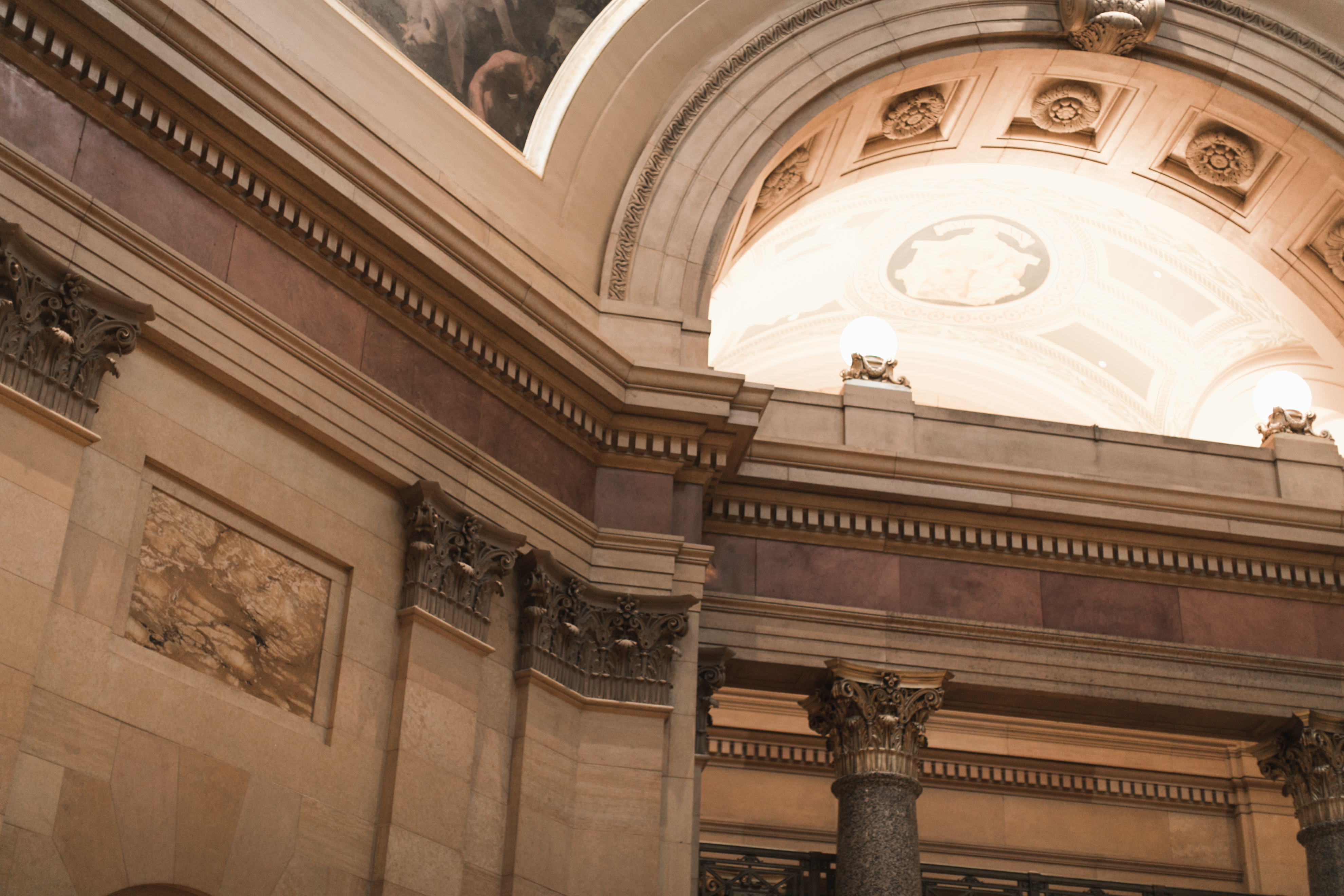Since the start of the legislative session, the conversation in Minnesota House Education committees has been focused on how detrimental the pandemic has been for students – in regard to their mental health and academic performance.
However, last week, the conversation shifted to some traditional House DFL priorities as the Education Policy Committee reviewed bills promoted by Education Minnesota, including:
- HF 505 (Fue Lee, DFL – Minneapolis) would extend continuing contract rights to ECFE and ABE teachers.
- HF 603 (Sydney Jordan, DFL – Minneapolis) would add class size, testing and student to support personnel ratios to terms and conditions of employment.
Minnesota House lawmakers introduced a series of legislation related to:
- Comprehensive sex education
- School funding with “2×2 linked”
- Operating referenda renewal
- Property tax system transparency
Comprehensive Sex Education
House lawmakers also reviewed a hot button bill on sex education, giving way to a proxy discussion that stokes the conservative and liberal social battle. HF 358 (Sydney Jordan, DFL – Minneapolis) requires the Commissioner of Education to develop a comprehensive sexual health curriculum, including topics spanning consent, healthy relationships, gender identity, and sexuality.
The bill has a bumpy ride in the House, even with a DFL majority. The Senate GOP has resisted this legislation for inclusion in the final E-12 omnibus bill in recent sessions and it faces the same fate this year.
“2&2 Linked”
There is no doubt to the impact that a quality education can have on the livelihood of students. However, one of the shortfalls in securing this for all young people in Minnesota has been consistent state funding.
The Education Finance Committee heard HF 843 (Zach Stephenson, DFL – Anoka) that seeks to, at least in part, remedy this issue by increasing the general education basic formula allowance by two percent per year for the next two years. Additionally, the bill would link future increases for the basic formula allowance to the rate of inflation.
Linking formula increases to inflation has been a mainstay issue for MREA and on most school district legislative platforms for years. Since the infamous state takeover of the general education levy in 2001, state aid for education has fallen well below the rate of inflation. To make up the gap, school districts have battled for operating levies and more recently Local Optional Revenue.
Operating Referenda Renewal
Freshman DFLer Cedrick Fazier (DFL-New Hope) in the Education Financial Committee introduced a bill allowing local school boards to renew existing operating referenda authority.
The House DFL brought this legislation to conference committee during the 2019 budget session, but Senate GOP concerns about voter rights in the referenda process stopped this legislation from making it across the finish line. As similar fate likely waits for this bill in 2021.
A different approach to help school boards generate operating levy revenue would be to look at the Local Optional Revenue (LOR) equalization that the Governor has proposed, with an eye toward increasing the current $724/pupil revenue cap.
The Senate will likely look closer at increasing equalization for operating referenda as Senate E-12 Chair Roger Chamberlain has introduced SF 626 to do this. MREA has analyzed this proposal and mapped the distributional effects of the bill. For many rural districts with no operating referendum authority, SF 626 provides no immediate relief, but it would perhaps pave the way for a conversation with voters on generating new referendum authority.
MREA released an interactive map showing the impact of this legislation. Learn more and view the map to see how it will affect your school district.
Citizen Property Tax
Rep. Paul Marquart introduced a bill to establish a citizens’ property tax advisory committee, require more information to be provided on property taxes and create a Minnesota Property Taxpayer’s Day. Marquart argued before the Property Tax Committee that HF 496 would make the property tax system more accessible and transparent to the public.





